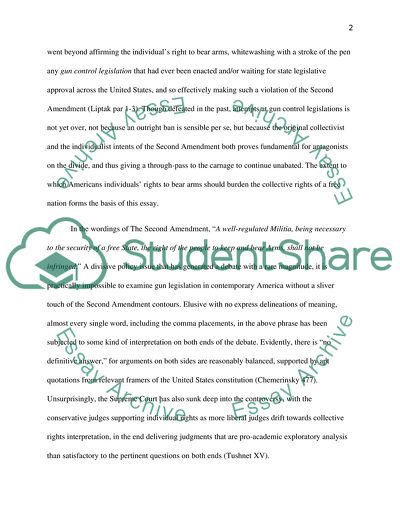Cite this document
(Gun Control - the Effects of Laws In Existence Case Study Example | Topics and Well Written Essays - 1750 words - 4, n.d.)
Gun Control - the Effects of Laws In Existence Case Study Example | Topics and Well Written Essays - 1750 words - 4. https://studentshare.org/law/1814934-gun-control
Gun Control - the Effects of Laws In Existence Case Study Example | Topics and Well Written Essays - 1750 words - 4. https://studentshare.org/law/1814934-gun-control
(Gun Control - the Effects of Laws In Existence Case Study Example | Topics and Well Written Essays - 1750 Words - 4)
Gun Control - the Effects of Laws In Existence Case Study Example | Topics and Well Written Essays - 1750 Words - 4. https://studentshare.org/law/1814934-gun-control.
Gun Control - the Effects of Laws In Existence Case Study Example | Topics and Well Written Essays - 1750 Words - 4. https://studentshare.org/law/1814934-gun-control.
“Gun Control - the Effects of Laws In Existence Case Study Example | Topics and Well Written Essays - 1750 Words - 4”. https://studentshare.org/law/1814934-gun-control.


